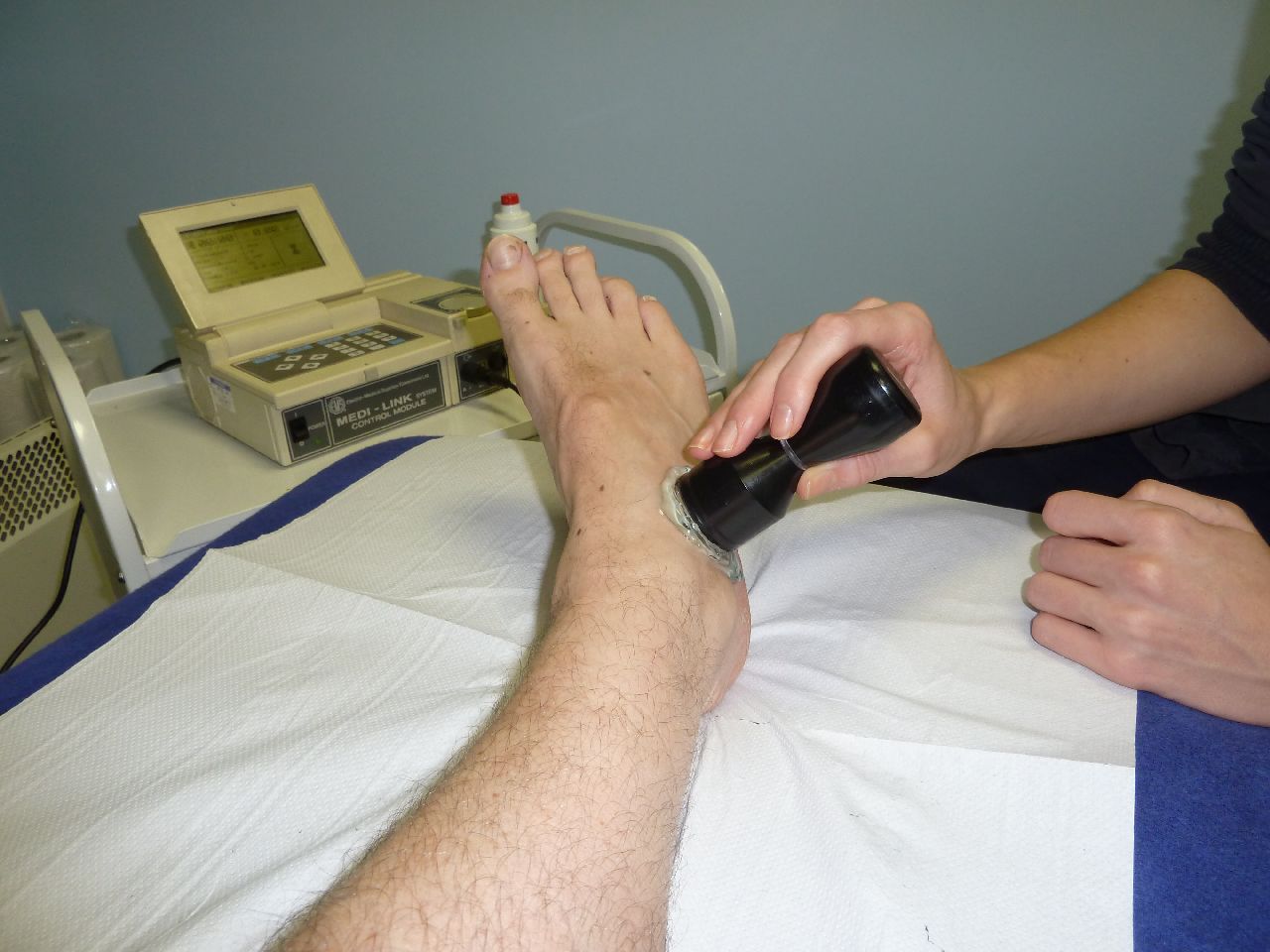The Main Principles Of "Electrotherapy: An Alternative Treatment for Anxiety and Stress"

Electrotherapy is a kind of medical therapy that involves the make use of of electrical currents to induce the nerves and muscular tissues. It has been utilized for numerous ailments, featuring pain management, muscle mass rehab, and nerve ailments. Nevertheless, electrotherapy has also presented appealing end result in handling stress and anxiety symptoms.
Anxiousness is a psychological wellness problem defined through extreme worry and anxiety that interferes along with everyday tasks. It can easily reveal in different kinds such as social anxiousness condition, panic disorder, generalized stress problem (GAD), and post-traumatic stress condition (PTSD). Anxiety conditions influence thousands of people worldwide and can easily lead to physical signs such as sleeping disorders, exhaustion, muscular tissue strain, and gastrointestinal issues.
Traditional treatment for stress problems includes psychotherapy, medication monitoring or a mix of both. However, some individuals might not respond effectively to these treatments or may experience unnecessary side effects from medications. Electrotherapy may be an substitute treatment alternative for those who do not benefit from standard treatments.
Electroconvulsive Therapy (ECT) is one kind of electrotherapy which has been used for decades to handle intense clinical depression. ECT includes sending power currents with the mind to generate a controlled seizure. Although this form of therapy has been presented to be helpful in treating anxiety and various other mental health health conditions featuring bipolar ailment it is commonly scheduled as a last resort for intense scenarios due to its unpleasant edge results
Transcranial Magnetic Stimulation (TMS) is an additional type of electrotherapy that uses magnetic fields instead of electricity streams to promote particular areas of the brain linked along with state of mind law. TMS does not need anesthetic or sedation because it does not create seizures like ECT does hence producing it extra available for numerous patients.
TMS has presented assurance in managing anxiety signs and symptoms as properly. A 2016 study published in the Journal of Neuropsychiatry & Clinical Neurosciences located that TMS was reliable in lowering indicators of GAD contrasted to a sugar pill group after four full weeks of therapy. Attendees who received TMS experienced a notable reduction in anxiety signs compared to those who obtained a sugar pill treatment.
An additional research study published in the Journal of Affective Disorders in 2020 located that TMS was helpful in minimizing stress symptoms among individuals along with comorbid anxiety and stress. Here presented that participants who acquired TMS had a considerable decline in both depression and anxiety indicators after six weeks of treatment reviewed to those who acquired regular medicine monitoring alone.

TMS is generally thought about risk-free, and the most popular side result is light scalp discomfort during the course of the method. It does not require sleep or sedation or anesthetic, which creates it much more available for lots of patients. TMS is likewise non-invasive and has actually couple of contraindications.
In verdict, electrotherapy has shown pledge as an alternative procedure for handling anxiety signs and symptoms. Transcranial Magnetic Stimulation has been presented to be efficient in dealing with Generalized Anxiety Ailment (GAD) as well as comorbid anxiety and stress conditions at minimum in some instances. As along with any sort of health care treatments, it's vital to talk about all options along with a qualified medical care supplier before creating any kind of choices concerning your treatment program.
